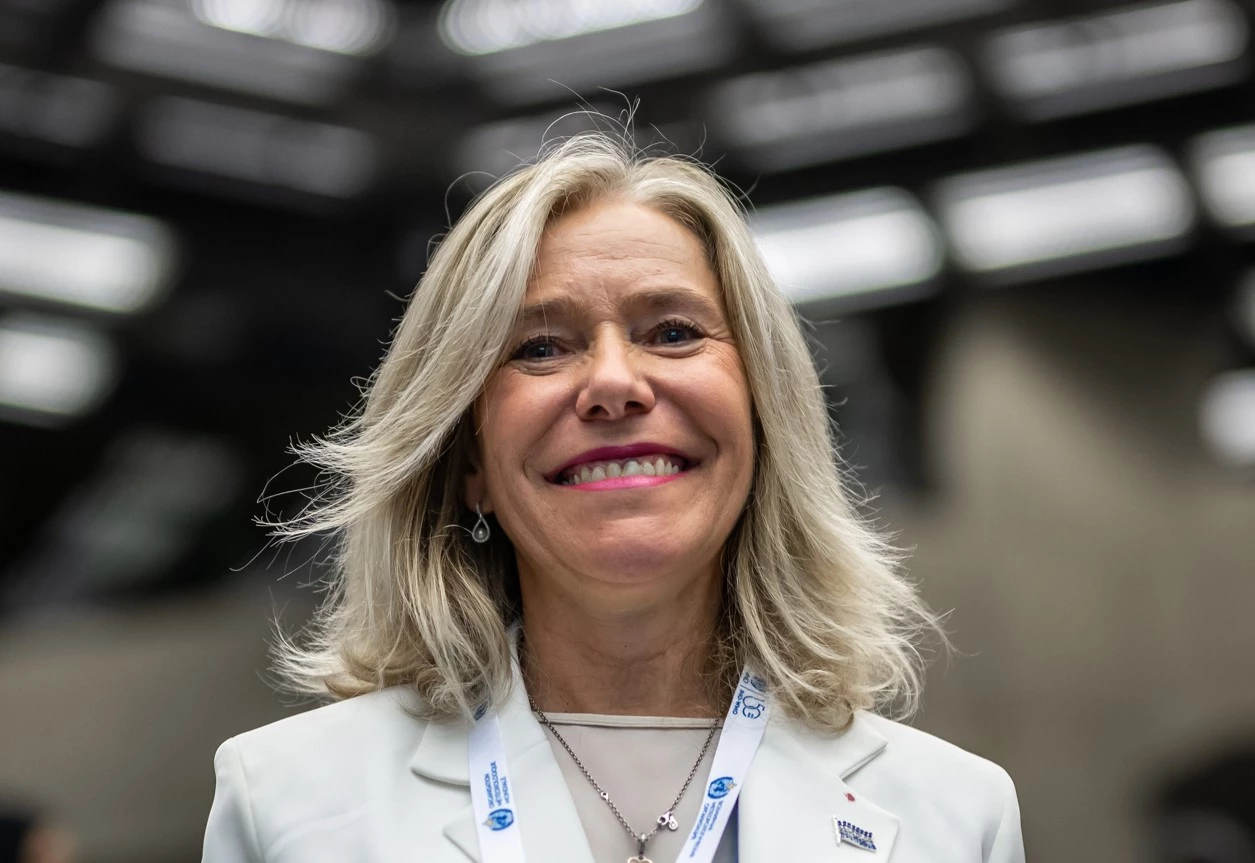UN climate agency picks first woman leader

Stay tuned with 24 News HD Android App

The World Meteorological Organization voted in Argentina's Celeste Saulo on Thursday to become its first woman leader and steer the WMO's critical global role in tracking climate change.
Saulo, a WMO vice president who has headed Argentina's weather agency since 2014, won a landslide in a vote held behind closed doors at the UN climate and weather agency's congress in Geneva.
The WMO's role in climate change has become increasingly prominent and Saulo will likely become a well-known advocate on this pressing world issue.
"In these times when inequality and climate change are the greatest global threats, the WMO must contribute to strengthening the meteorological and hydrological services to protect populations and their economies, providing timely and effective services and early warning systems," said Saulo, 59, following her election.
"My ambition is to lead the WMO towards a scenario in which the voice of all members is heard equally, prioritising those most vulnerable and in which the actions it undertakes are aligned with the needs and particularities of each one of them."
- Early warning systems -
She will take over from the outgoing secretary-general Petteri Taalas on January 1. The Finnish meteorologist is coming to the end of his second four-year term, the maximum he could serve.
The election was held on the penultimate day of the World Meteorological Congress, the general assembly of WMO's 193 member states and territories, which takes place every four years.
The WMO brings together international efforts in monitoring greenhouse gases, sea levels, temperatures, glacier melting and other climate change indicators.
The congress, which opened on May 22 and closes on Friday, voted to ensuring that everyone on the planet is covered by early warning systems for hazardous weather events by the end of 2027.
It also put the cryosphere -- the frozen world -- high on the agenda, given the increasing impacts of melting sea ice, glaciers and permafrost on sea level rise.
And it approved a new initiative aimed at boosting global greenhouse gas monitoring through an integrated system of space- and surface-based observations.
The responsibility to implement these plans will now fall on Saulo, who currently holds the roles of WMO first vice-president and director of the Argentinian National Meteorological Service.
- 'Passionate about meteorology' -
Three other senior figures from within the WMO put themselves forward for the leadership.
They were the WMO's current number two, the Russian-Swiss deputy secretary-general Elena Manaenkova; the number three, assistant secretary-general Zhang Wenjian; and second vice-president Albert Martis of Curacao.
The pen-and-paper ballot was held in a Geneva conference centre.
A two-thirds majority was needed to become the next secretary-general, which Saulo achieved on the first ballot.
Saulo won 108 votes, with Zhang receiving 37, Manaenkova seven and Martis four, a diplomatic source said.
In applying for the job, Saulo said she was "passionate about meteorology and addressing the global challenges associated with climate change, natural hazards and the increasing vulnerability of peoples".
The WMO has had only five secretaries-general since 1956.
The agency's roots go back 150 years to the foundation of the International Meteorological Organization in 1873, seeking to standardise weather observation systems used around the world and address the shortcomings in using Morse Code to transmit weather reports.
It was reformed as the WMO in 1950 and joined the UN fold a year later.
It brings together the work done by national meteorological agencies, and now relies on satellites and thousands of weather stations to measure key parameters of the atmosphere, land and ocean.
